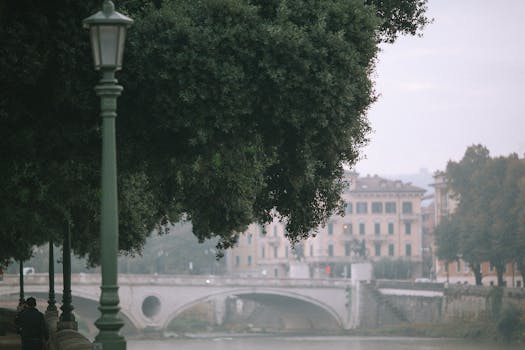
Urban Green Spaces: The Future of Outdoor Living in European Cities by 2025
Urban green spaces are becoming increasingly important in European cities, and for good reason. As the Focus Keyword: Urban Green Spaces continues to grow, it’s essential to understand the role these spaces will play in shaping the future of outdoor living. In this article, we’ll explore the benefits of urban green spaces, the current state of green infrastructure in European cities, and what we can expect by 2025.
Benefits of Urban Green Spaces
Urban green spaces offer a wide range of benefits, from improving air quality and mitigating the urban heat island effect to providing habitats for wildlife and promoting physical and mental well-being. These spaces can take many forms, including parks, gardens, green roofs, and green walls. By incorporating more green spaces into urban planning, cities can become more sustainable, livable, and resilient.
Current State of Green Infrastructure in European Cities
Many European cities are already investing heavily in green infrastructure, recognizing the importance of urban green spaces for both residents and the environment. Cities like Copenhagen, Stockholm, and Amsterdam are leading the way, with innovative approaches to urban planning and green space design. However, there is still much work to be done, and many cities are facing challenges in implementing and maintaining effective green infrastructure.
The Future of Outdoor Living in European Cities by 2025
As we look to the future, it’s clear that urban green spaces will play a vital role in shaping outdoor living in European cities. With the increasing focus on sustainability and environmental protection, we can expect to see more green spaces incorporated into urban planning. This might include green roofs and walls, urban forests, and innovative uses of public spaces. By 2025, we can expect European cities to be even more livable, sustainable, and resilient, with urban green spaces at the heart of this transformation.
Case Studies: Successful Urban Green Space Projects in European Cities
Several European cities have already implemented successful urban green space projects, providing valuable lessons for other cities to follow. The High Line in London, the Superkilen park in Copenhagen, and the Bosco Verticale in Milan are just a few examples of innovative urban green space projects that have transformed public spaces and improved the quality of life for residents.
Challenges and Opportunities for Urban Green Spaces in European Cities
While urban green spaces offer many benefits, there are also challenges to be addressed. These include funding, maintenance, and ensuring equal access to green spaces for all members of the community. However, these challenges also present opportunities for innovation and creativity, from new funding models to community-led green space initiatives.
Conclusion: The Future of Urban Green Spaces in European Cities
In conclusion, urban green spaces are essential for the future of outdoor living in European cities. As we look to 2025, it’s clear that these spaces will play a vital role in shaping sustainable, livable, and resilient cities. By understanding the benefits, challenges, and opportunities of urban green spaces, we can work towards creating a greener, healthier, and more sustainable future for all.





